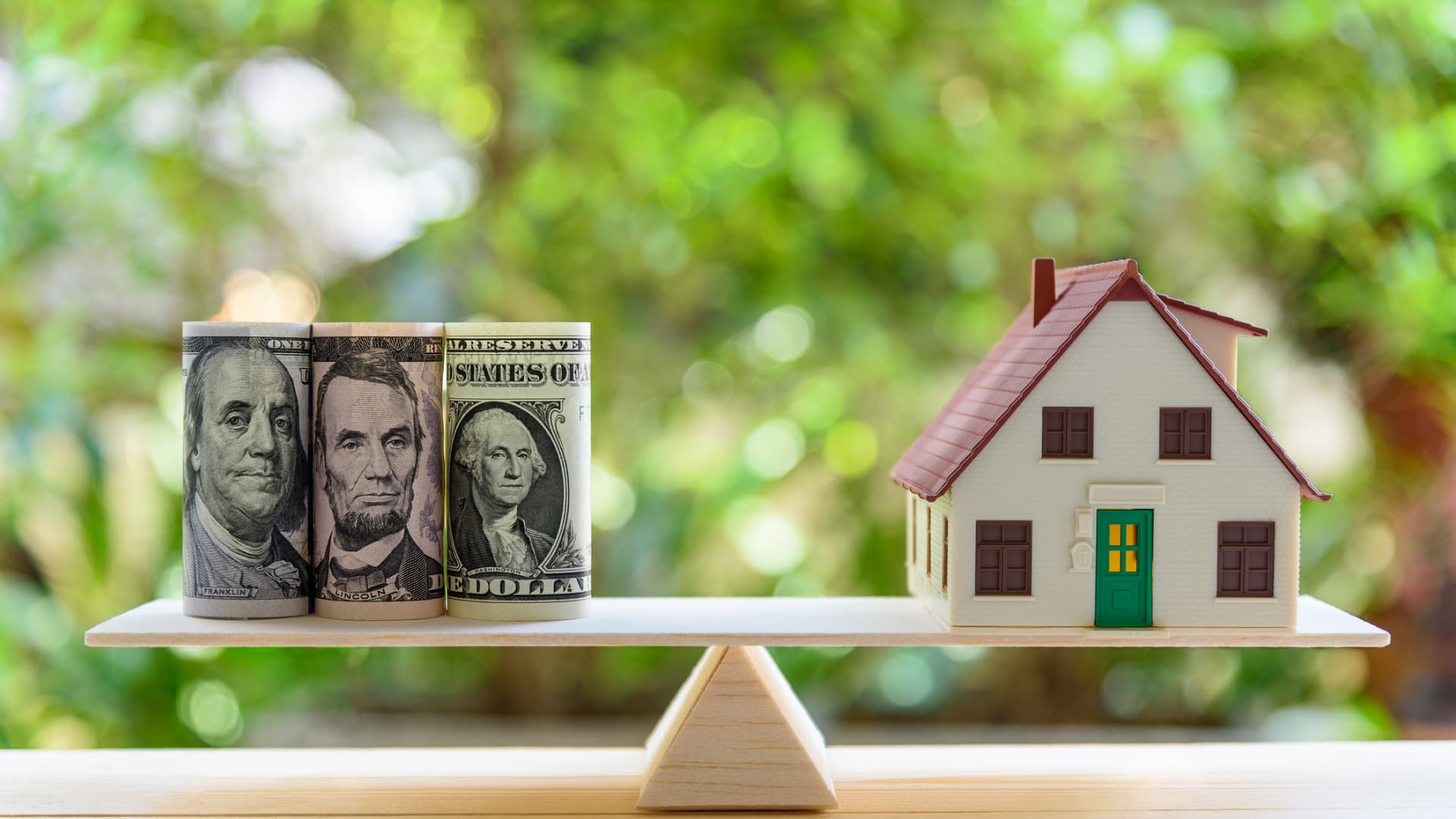With the stock market getting volatile but the housing market still hot, reverse mortgages have become a more attractive tool for older Americans who need cash for retirement but want to stay in their homes.
Home Equity Conversion Mortgage loan volume was up 26% in March, according to data from the U.S. Department of Housing and Urban Development reported by service provider Reverse Market Insight. It dropped 3.8% in April but remained well above 6,000 loans for the month — above the average in the last few years.
The economics of reverse mortgages are not as good as they used to be. In 2017, rule changes made by the U.S. Department of Housing and Urban Development, which administers the HECM program, increased the mortgage insurance premium on the loans to 2%, from 0.5%, with the aim of reducing potential losses to taxpayers. That increased the upfront costs of reverse mortgages by $1,500 per $100,000 mortgage face value.
The market conditions for reverse mortgages, however, are favorable.
“This is still a great opportunity to consider a reverse mortgage,” said Wade Pfau, PhD, a principal and advisor with Tysons, Virginia-based McLean Asset Management. “There’s been a big increase in housing prices, and interest rates are still low historically speaking.”
Reverse mortgages have developed a strong following in the financial planning profession, with advisors like Pfau recommending them as a potentially useful option in retirement distribution management.
Home equity represents about 66% of the average retired American’s wealth, so using it as a potential source of funds if you’re strapped for cash makes sense — even if costs are higher now.
“Research in the financial planning profession consistently shows that reverse mortgages can improve retirement planning outcomes,” said Pfau, who has written a book about the products. “It helps to have another source of funds outside an investment portfolio that can provide a backstop for people.”
The idea is that even if you don’t need cash immediately, setting up a line of credit through a reverse mortgage on good terms can provide access to significant funds down the road. The line of credit will continue to grow at the rate of the reverse mortgage’s interest rate, regardless of what happens to the value of the home. In other words, a reverse mortgage hedges the risk of falling home prices.
If you have an investment portfolio, you can then decide to either sell investments or draw on the line of credit when you need cash. That may sound a bit like market timing, but Pfau suggests a simple rule to guide the decision.
“If your investments are worth more than when you retired, sell from the portfolio,” he said. “If not, draw from the reverse mortgage line of credit.”
Not all advisors are sold on reverse mortgages. Certified financial planner Howard Hook, a senior wealth advisor with EKS Associates in Princeton, New Jersey, has only spoken to two clients about the reverse mortgage option with one ultimately getting a loan.
Top pros and cons of reverse mortgages
Pros
- With interest rates still relatively low and housing prices very high, borrowers can tap an average of close to 60% of their home equity on very good terms as either a lump sum, monthly payments or as a line of credit that carries interest only on withdrawals.
- Reverse mortgages are non-recourse loans. As long as you pay property taxes and maintenance expenses, you can stay in the house as long as you like and the terms won’t change, regardless of the housing market or changes in prevailing interest rates. The loan is due when you die or leave the home.
- A reverse mortgage line of credit provides flexibility in managing the distribution of retirement benefits. It allows a borrower to take tax-free withdrawals on the credit line rather than sell investments (and pay taxes) after a drop in the market.
Cons
- It is easier to qualify for a reverse mortgage, but they are more costly than other mortgages and home equity lines of credit. If for health or any other reason, you don’t stay in the house for long, the costs will seem even higher.
- If you use the proceeds of a reverse mortgage for questionable spending or risky investing, you’re setting yourself up for financial ruin. If it represents a last resort for funds, you are probably living an unsustainable lifestyle. “The better option is to downsize your home and reduce your spending,” said Hook of EKS Associates.
- Homeowners are still required to pay property taxes, insurance and maintenance costs on the home. The lender could seize the property if you don’t.
”I know a lot of reputable people like reverse mortgages, but I’m still hesitant to advise clients to consider them,” said Hook, though he agrees that the current economic environment is good for the product. “You have to be careful using debt to finance living expenses or to bridge a fall in the [stock] market.
“It’s easy money and it can foster bad habits.”
Hook believes reverse mortgages may be appropriate where borrowers need to pay off health-care expenses or a more expensive mortgage or personal debt and don’t want to sell investments. But the all-in cost and risk of the reverse mortgage is still high.
“Setting it up as a line of credit reduces the cost, but it’s still expensive,” said Hook. If you end up staying in the home for a short period, the costs will seem significantly higher.
“All the sudden, you may find you can’t climb the stairs, or you develop dementia,” he said. “Sometimes the decision to stay in a home isn’t up to you.”
